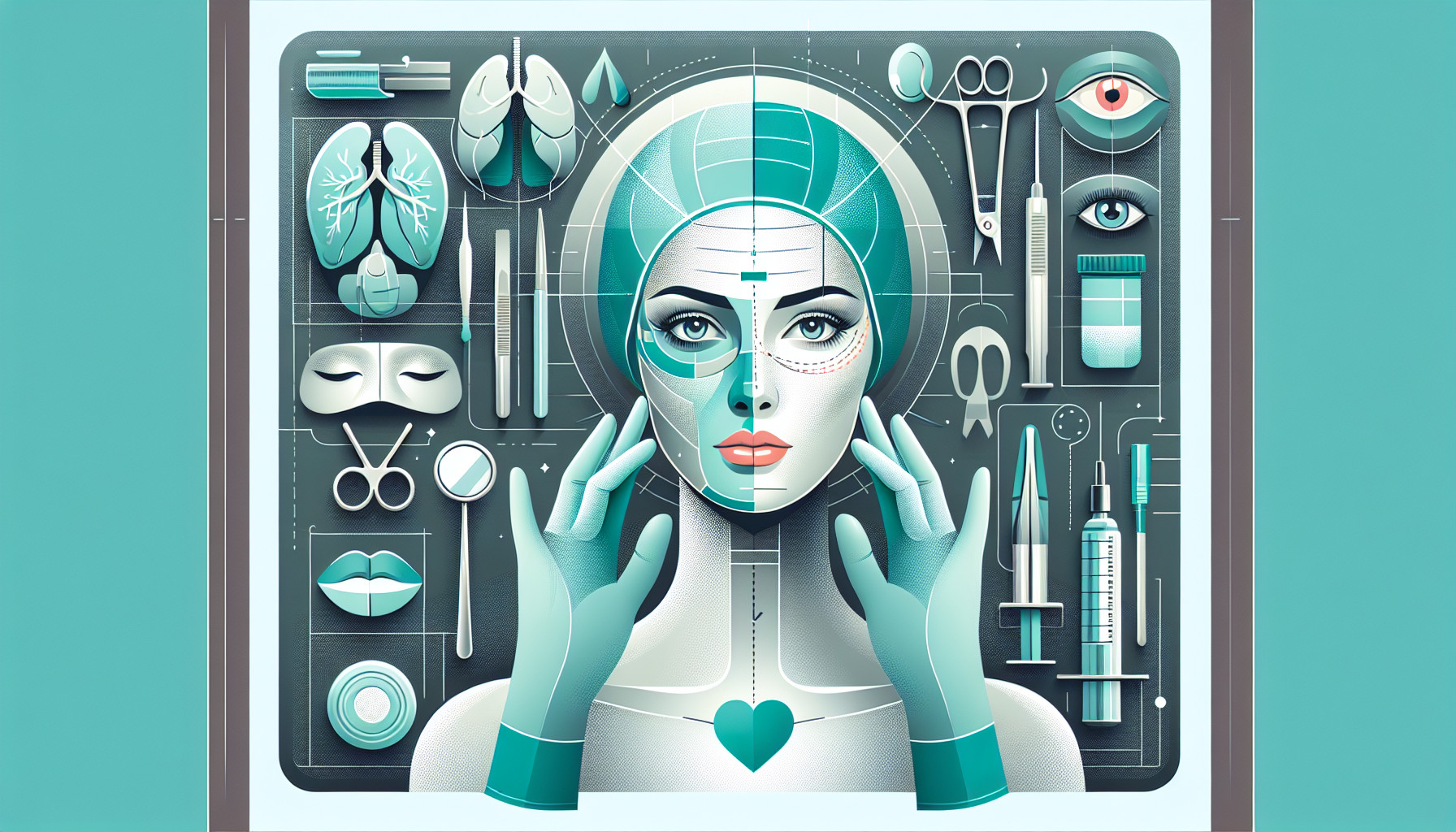Our Summary
This research paper is about a study that looked at the quality of life of people after they had an aesthetic surgery called blepharoplasty, or eyelid surgery. The study followed 50 patients for 6 months after their surgery and asked them to answer questionnaires before and after the procedure. The results showed that almost all patients were happier with themselves after the surgery and would do it again. They also reported significant improvements in areas like income, family life, their relationships, their ability to relax, their energy levels, their hobbies, and their appearance. The study also found that the surgery significantly improved emotional stability and reduced symptoms of depression. The researchers concluded that blepharoplasty can significantly improve many aspects of a person’s quality of life, including their emotional and physical well-being, and can reduce feelings of depression and anxiety.
FAQs
- What is the main purpose of the study on blepharoplasty?
- What improvements were reported by patients after undergoing blepharoplasty?
- Can blepharoplasty help improve a person’s emotional stability and reduce symptoms of depression?
Doctor’s Tip
One helpful tip a doctor might tell a patient about blepharoplasty is to follow all post-operative instructions carefully to ensure proper healing and optimal results. This may include avoiding strenuous activities, taking prescribed medications, and attending follow-up appointments. It is also important to manage expectations and understand that it may take time for swelling and bruising to subside, and final results may not be immediately apparent. Additionally, maintaining a healthy lifestyle, including proper skincare and sun protection, can help prolong the results of the surgery.
Suitable For
Patients who are typically recommended blepharoplasty are those who have excess skin and fat around the eyelids, causing drooping or sagging of the eyelids. This can result in a tired or aged appearance, obstructed vision, or difficulty applying makeup. Candidates for blepharoplasty may also have puffiness or bags under the eyes that create a tired or aged appearance. Additionally, patients with ptosis, a condition where the eyelid droops due to weakened muscles, may also benefit from blepharoplasty. Overall, patients who are looking to improve the appearance of their eyelids, reduce signs of aging, and enhance their overall facial appearance are typically recommended for blepharoplasty.
Timeline
Before blepharoplasty:
- Patient consults with a plastic surgeon to discuss concerns about their eyelids.
- Pre-operative assessments are conducted to ensure the patient is a suitable candidate for the surgery.
- Patient is informed about the risks, benefits, and recovery process of the surgery.
- Patient undergoes the blepharoplasty procedure, which involves removing excess skin, muscle, and fat from the eyelids.
- Patient experiences swelling, bruising, and discomfort in the days following the surgery.
After blepharoplasty:
- Patient follows post-operative care instructions provided by the surgeon, including using ice packs to reduce swelling and avoiding strenuous activities.
- Patient attends follow-up appointments with the surgeon to monitor healing and address any concerns.
- Swelling and bruising gradually subside over the following weeks.
- Patient begins to see improvements in the appearance of their eyelids as they heal.
- Patient experiences increased self-confidence and satisfaction with their appearance.
- Patient reports improved quality of life in various areas, such as emotional stability, relationships, and overall well-being.
- Patient continues to enjoy the benefits of blepharoplasty for months and years after the surgery.
What to Ask Your Doctor
- What are the potential risks and complications associated with blepharoplasty?
- What is the recovery process like after blepharoplasty and how long does it typically take?
- How long will the results of blepharoplasty last?
- Are there any alternative treatments or procedures that could achieve similar results?
- What type of anesthesia will be used during the surgery and what are the potential side effects?
- Will there be any scarring after the surgery and if so, how noticeable will it be?
- How many blepharoplasty procedures have you performed and what is your success rate?
- Can you provide before and after photos of previous patients who have undergone blepharoplasty?
- How much does blepharoplasty typically cost and will insurance cover any of the expenses?
- What should I expect in terms of pain and discomfort during the recovery period and what can I do to manage it?
Reference
Authors: Papadopulos NA, Archimandritis T, Henrich G, Kovacs L, Machens HG, Klöppel M. Journal: J Craniofac Surg. 2023 May 1;34(3):888-892. doi: 10.1097/SCS.0000000000009119. Epub 2022 Nov 18. PMID: 36397205
